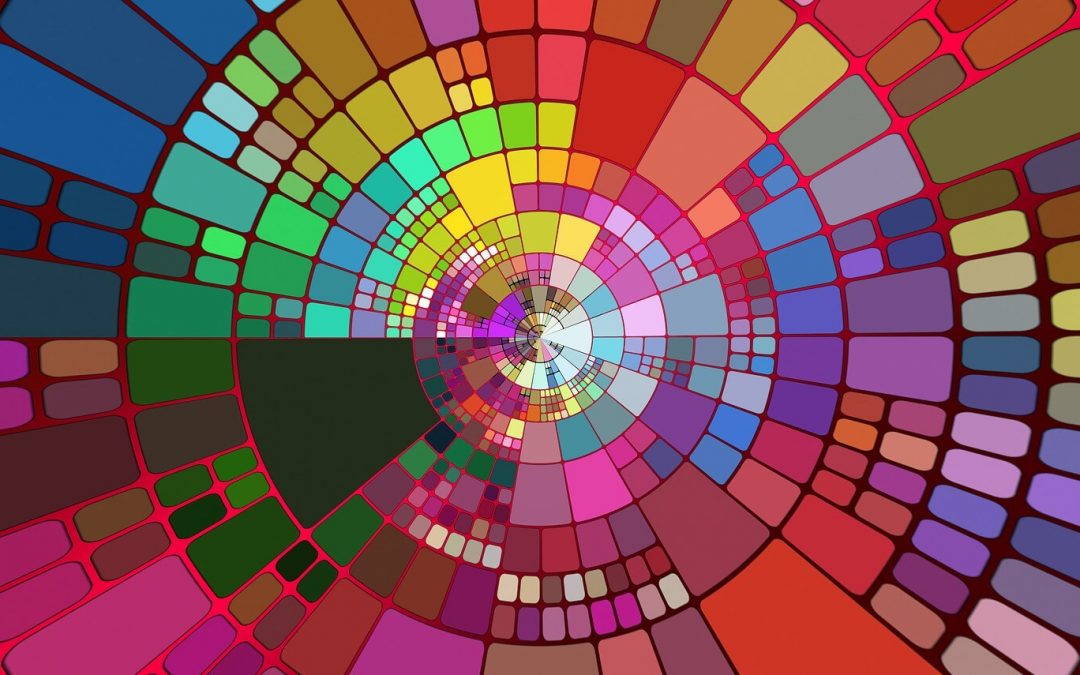Colour influences consciously and unconsciously, naturally and synthetically. The sky is blue, the grass is green, the red stop sign and the yellow robot light. Colour can stimulate our emotions and it can motivate our decisions. Colour can be used to visualise and present feelings, conditions, environments, objects and circumstances.
Societies choose specific colours to represent status and important events. Red has been associated with the Roman Empire, communism and socialism. In China white is traditionally the colour associated with death, burial and mourning and in western Europe it is black. Sport teams, armies and political parties all use colour to represent and indentify them. We may often consciously choose not to wear any of the colours of our opponents.
Colour has two languages, a conscious language and an unconscious language. Light and colour interact with the brain in two different ways. That what we see travels to the visual cortex of the brain where it is interpreted in terms of sight. These interpretations are associations with past experiences and all learned from our own cultures. This process leads to the accepted ideas and beliefs of colour in our societies that we belong to.
Light can also enter the eye and reach the middle of the brain where organs and glands are stimulated. This happens automatically and there is no conscious control. These light frequencies can change body functions regardless of a person’s colour beliefs or values. This is the universal language of colour and it functions unconsciously and it is applicable to all. When colour is received at the unconscious level it can manipulate moods, emotions or it can attract or repulse. On this level colour can create tension or harmony and it has the ability to influence your health and overall well-being.

